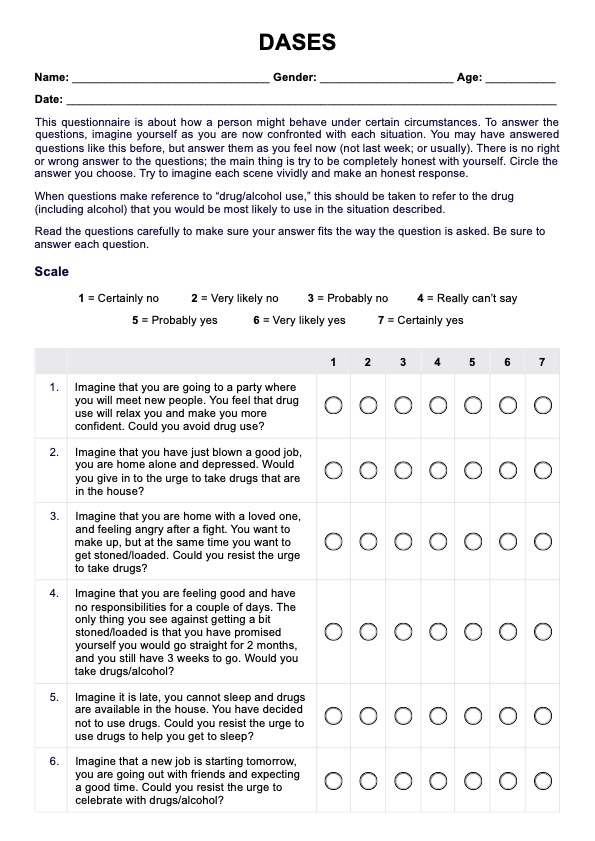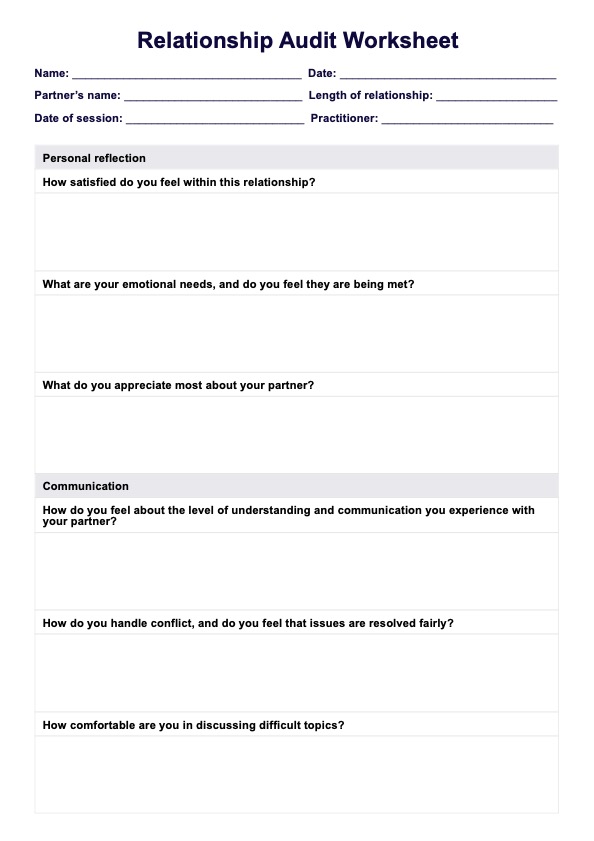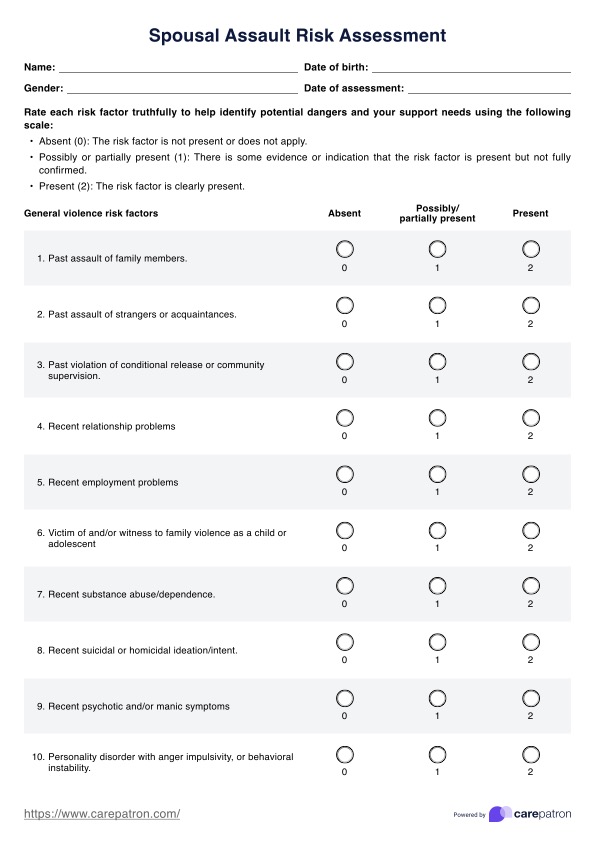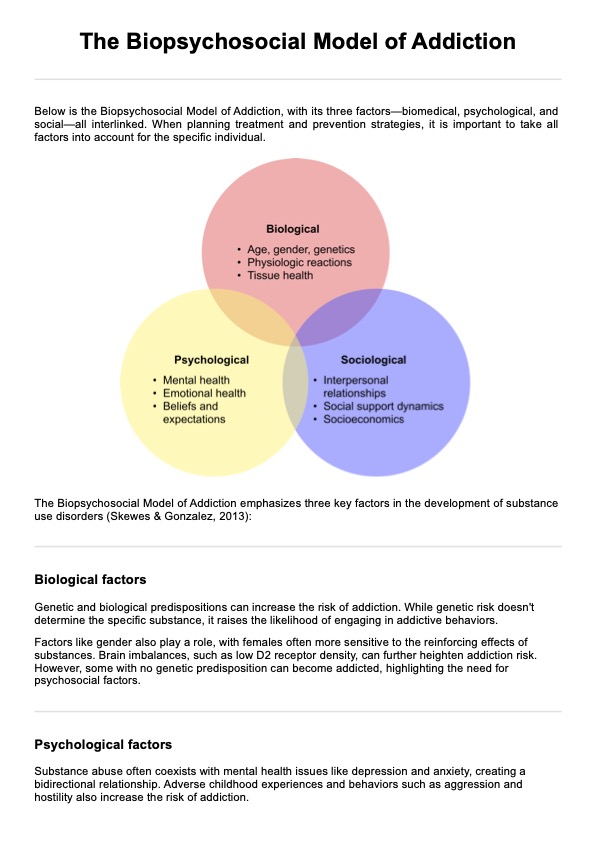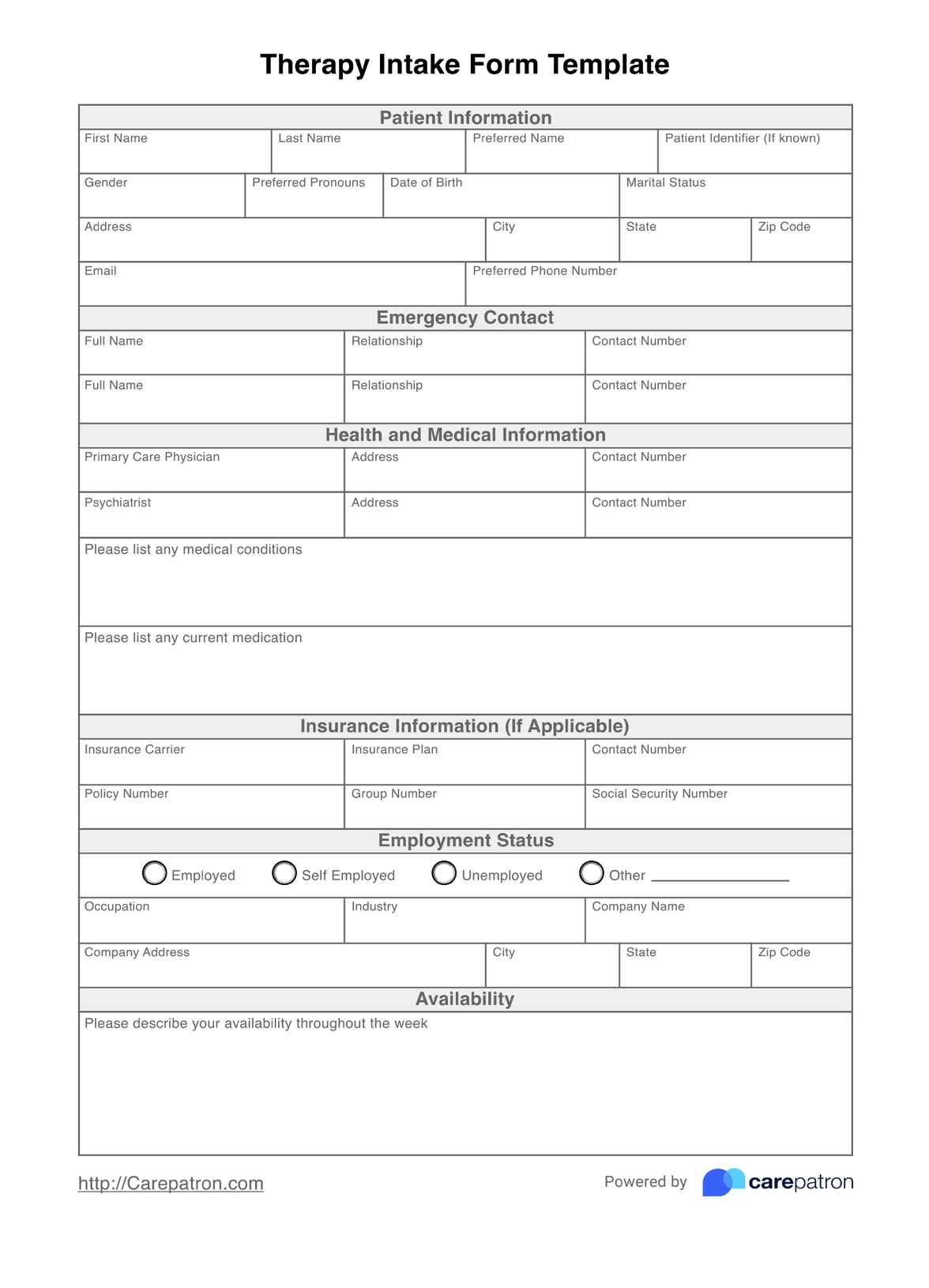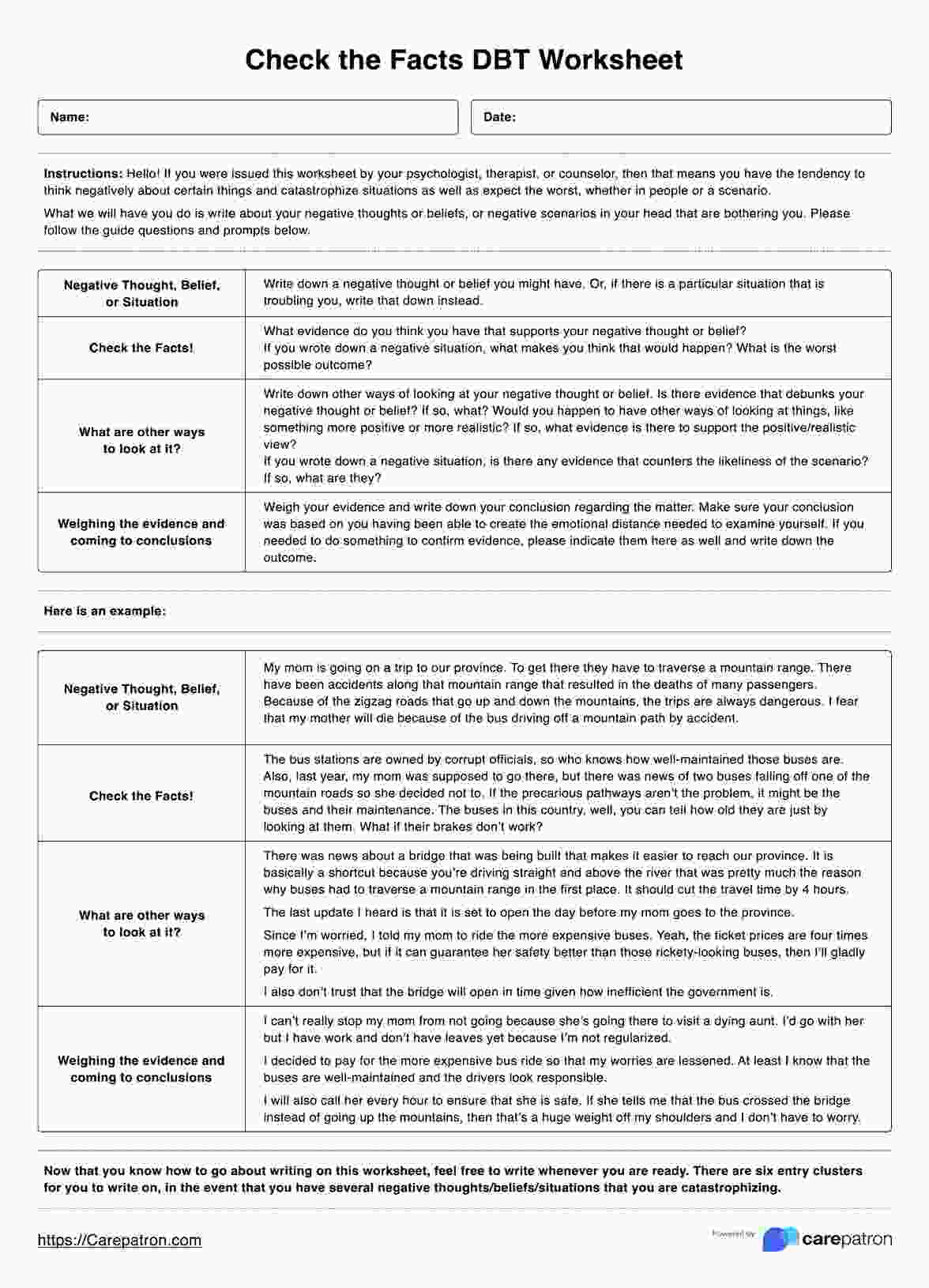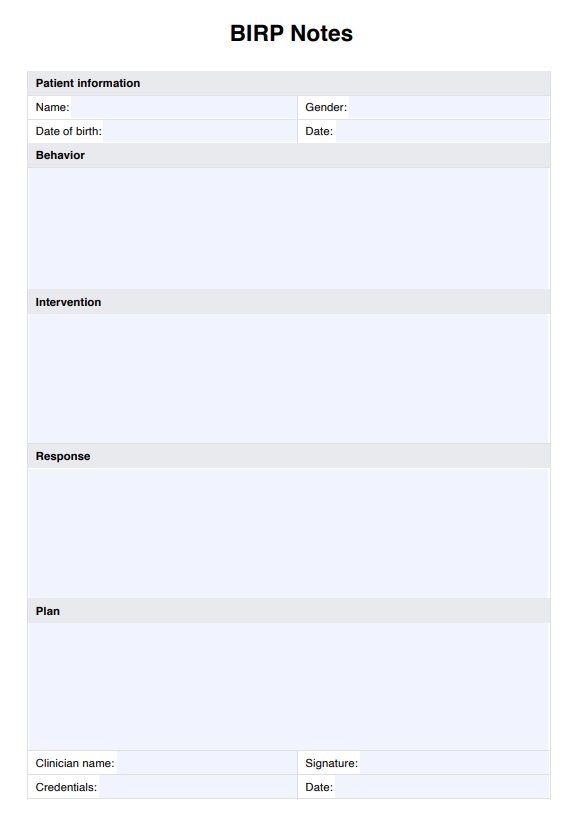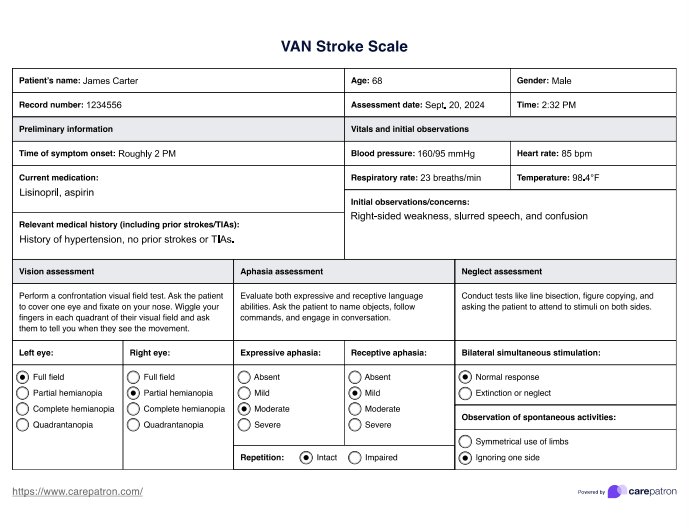Color Personality Test
Download a free Color Personality Test, understand how color preferences reveal personality traits, and benefits of this unique test for personal development.


Introduction to personality types
Personality types offer a fascinating lens through which we can understand human behavior and preferences. They categorize individuals based on their thinking, feelings, and behavior patterns. Understanding personality types is crucial in psychology, human resources, personal development, and everyday interactions. It helps appreciate human behavior's diversity and tailor communication and strategies to suit different individuals.
Each personality type encapsulates a unique set of traits, qualities, and tendencies, providing insights into an individual's motivations, preferences, and potential behavior patterns. Recognizing these types can aid in conflict resolution, team dynamics, personal growth, and fostering better relationships in personal and professional settings.
Color Personality Test Template
Color Personality Test Example
What is the Color Personality Test?
The Color Personality Test is an engaging and intuitive approach to understanding personality. It categorizes personalities into different colors, each representing characteristics and behavioral tendencies. The primary colors used are often Blue, Green, Orange, and Gold, with each color symbolizing distinct personality styles.
For instance, Blue might represent sensitivity and empathy, Green analytical and logical thinking, Orange spontaneity and enthusiasm, and Gold organization and reliability. This test is popular for its simplicity and the immediate, relatable insights it provides. It's a tool that translates complex personality theories into an accessible and visually appealing quiz format, making it a favorite in formal and informal settings.
Some examples of these tests include:
How to use this personality test
The Color Personality Test is simple to administer. Participants are presented with a series of color palettes and asked to select the colors they are most drawn to. The choices made are then analyzed to determine the dominant personality color. This color provides insights into core personality traits, offering a starting point for deeper exploration into an individual's personality.
The test can be used in various contexts, such as in personal development workshops, team-building activities, counseling sessions, or even as a fun activity in social gatherings. It's a tool that promotes self-awareness and understanding of others, making it valuable for personal growth and improving interpersonal dynamics.
Interpreting the results
The interpretation of the Color Personality Test involves analyzing the dominant and secondary color choices to understand an individual's unique personality style. Each color corresponds to specific traits and behaviors, offering insights into how a person thinks, feels, and interacts with others. The interpretation helps identify individual strengths, potential growth areas, and how different personality colors might interact in various relationships.
How your personality types influence your relationships
Understanding your personality color and type, as revealed by the Color Personality Test, can significantly impact your relationships. It helps recognize personal communication styles, emotional needs, and conflict resolution strategies. For instance, a 'Blue' personality might prioritize emotional connections and empathy, while a 'Green' might value logic and efficiency. Recognizing these differences can foster better understanding and tolerance among individuals, leading to healthier and more productive relationships.
10 benefits of taking the Color Personality Test
Enhanced self-awareness: Gain insights into your core personality traits and behaviors.
Improved communication: Understand your communication style and how to interact and communicate effectively with others.
Conflict resolution: Learn strategies for resolving conflicts that align with your personality type.
Personal growth: Identify areas for personal development and growth.
Career development: Align your career choices with your individual personality style strengths and preferences.
Team building: Foster a better understanding and collaboration in team environments.
Relationship insights: Gain clarity and knowledge on how your personality impacts your personal relationships.
Stress management: Learn coping strategies that suit your individual personality style and type.
Decision-making: Understand how your personality influences your decision-making process.
Fun and engaging: Enjoy a visually appealing and interactive way to explore your personality.
Research and evidence
Research in psychology has increasingly recognized the significance of color preferences in understanding personality traits. This study area aligns with the broader psychological exploration of how sensory experiences, such as color perception, correlate with individual personality characteristics. The Color Personality Test, a tool that utilizes color preferences as indicators of personality traits, has garnered attention for its innovative and accessible approach to personality analysis.
The theoretical underpinnings of the Color Personality Test can be traced back to the early works on color theory and psychology. Max Lüscher's color test, developed in the 1940s, was one of the pioneering efforts in this field. Lüscher posited that color preferences were subconscious and revealed insights into an individual's personality and psychological state (Lüscher, 1948). This concept laid the groundwork for subsequent research exploring the relationship between color and other personality types.
Contemporary studies have expanded on these ideas, exploring the psychological implications of color preferences. For instance, research has indicated that individuals who prefer certain colors often exhibit specific personality traits. A preference for blue, for example, has been associated with traits such as calmness, stability, and sensitivity. In contrast, a preference for brighter colors like red or yellow has been linked to extroversion and energy (Whitfield & Wiltshire, 1990). These findings suggest that color preferences can be a non-invasive and engaging means to glean insights into an individual's personality.
Moreover, the Color Personality Test has been noted for its utility in various settings, from educational and counseling environments to corporate and team-building workshops. Its simplicity and the intuitive nature of color as a medium make it particularly appealing for initial assessments and ice-breaking activities. While it does not replace comprehensive personality assessments, the Color Personality Test offers a unique starting point for discussing personality, preferences, and interpersonal dynamics.
However, it is important to approach the Color Personality Test with an understanding of its limitations. Researchers caution against overgeneralizing results, emphasizing that color preference is just one aspect of a multifaceted personality (O'Connor, 2011). The test should be used as a complementary tool alongside other established personality assessments to understand an individual's personality better.
The Color Personality Test represents an intersection between color psychology and personality assessment, offering an innovative and accessible tool for exploring personality traits. Its application in personal and professional development contexts underscores its versatility and the growing interest in creative approaches to understanding human behavior and personality.
References
Lüscher, M. (1948). The Lüscher Color Test. Test Booklet.
O'Connor, Z. (2011). Color psychology and color therapy: Caveat emptor. Color Research & Application, 36(3), 229-234.
Whitfield, T. W. A., & Wiltshire, T. J. (1990). Color psychology: A critical review. Genetic, Social, and General Psychology Monographs, 116(4), 385-411.
Commonly asked questions
Each color in the test represents different personality traits. For example, Blue might indicate empathy and emotional depth, while Orange could represent spontaneity and enthusiasm.
While core personality traits tend to be stable, people's preferences and behaviors can evolve, potentially leading to different results.
Yes, the test can be adapted for children, offering a fun and engaging way to learn about themselves.

.jpg)
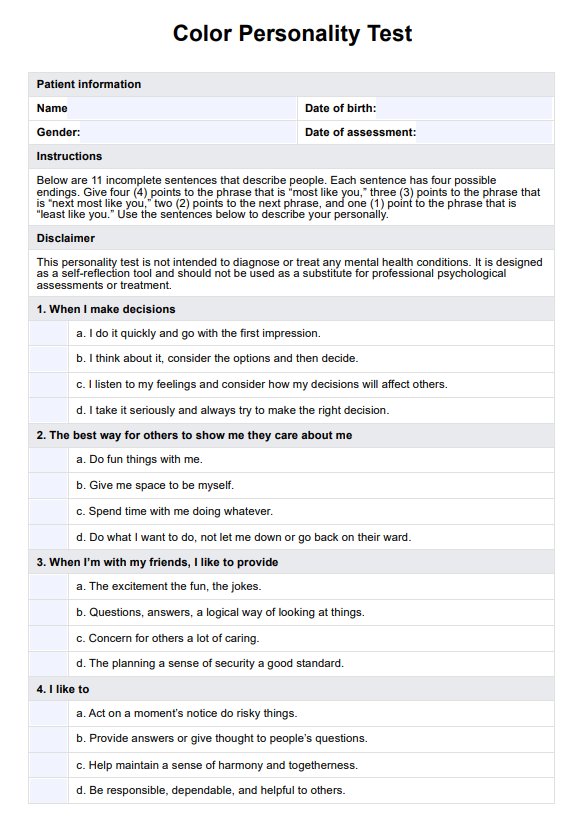
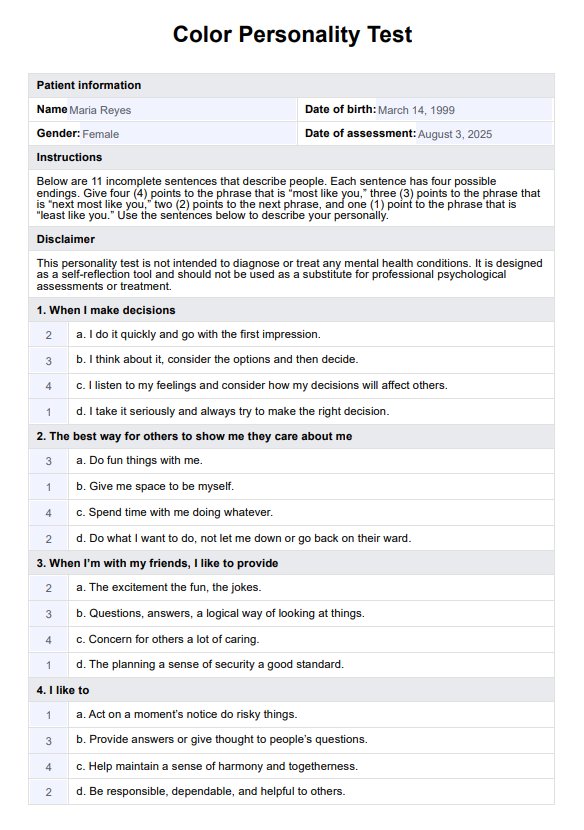

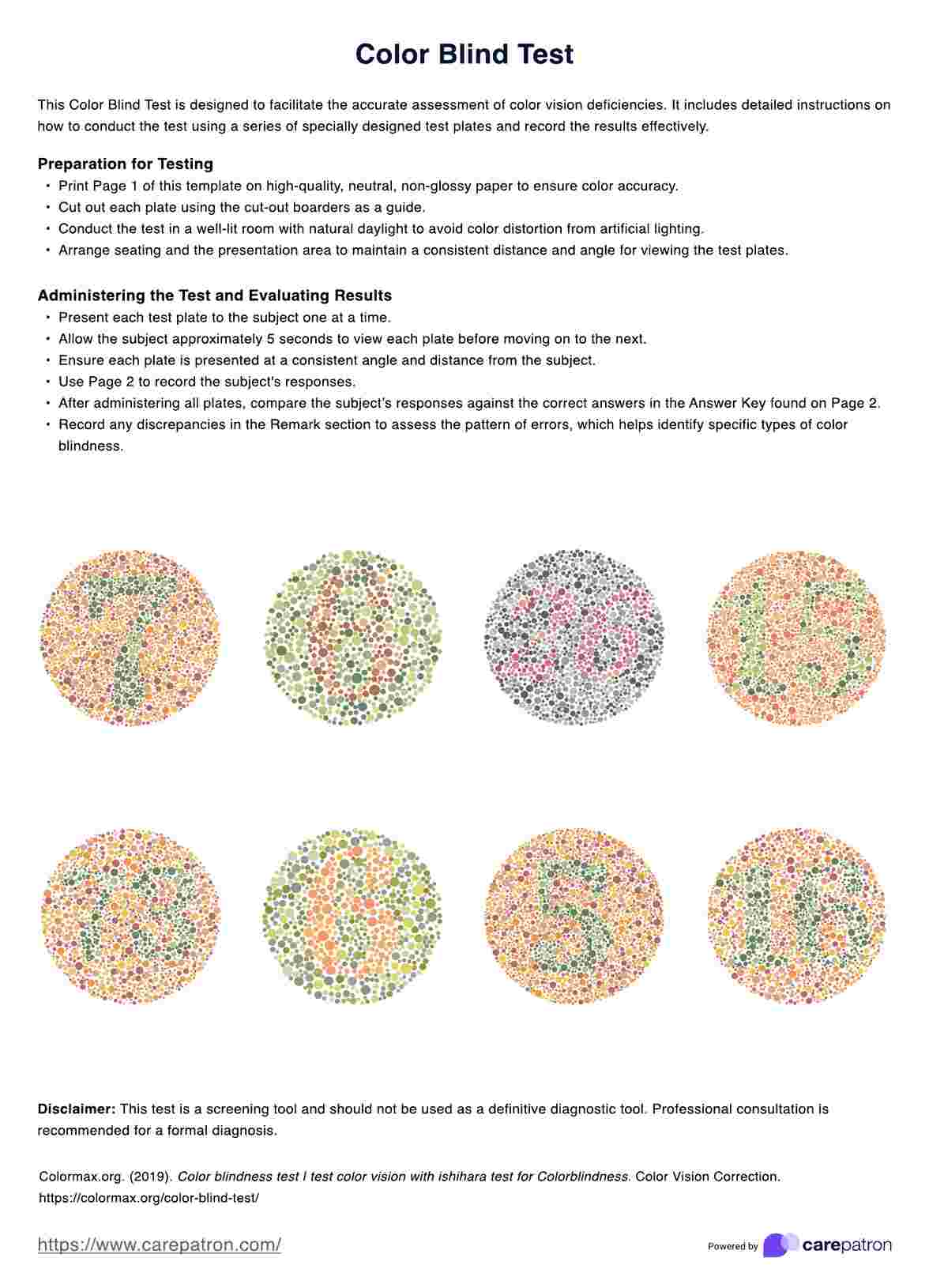
















-template.jpg)


